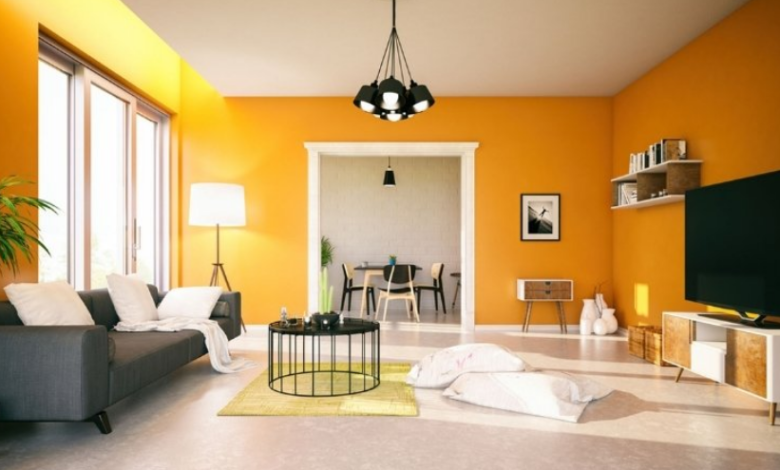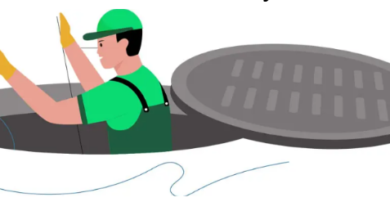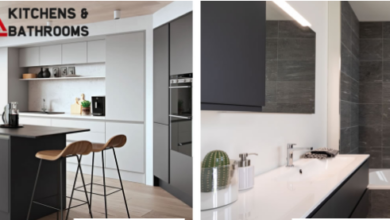How Lighting Impacts the Way Paint Looks in Your Home

Paint colors lie constantly. That perfect gray in the store turns sad purple at home. The crisp, white-looking ideal becomes dingy yellow under actual lighting. Paint packaging should include warnings: “may look completely different under your weird ceiling fixtures.”
Lighting changes paint colors in ways people only discover after painting entire rooms and immediately regretting life choices. Natural light, bulb types, time of day – everything messes with how colors actually appear once dried. An experienced Calgary interior painter understands this frustrating reality and helps choose colours that work well under actual home lighting, rather than just looking good on tiny cards under store fluorescents.
1. Natural Light Plays Games All Day
Morning light looks nothing like afternoon light. East rooms get blasted with morning sun, then fade by dinner. West spaces stay dark mornings but glow during afternoons like they found religion.
Colors perfect during afternoon viewings might look terrible during actual morning routines when rooms get used most. Testing samples at different times reveals how dramatically colors transform between sunrise and sunset.
North rooms get cooler, consistent light that can murder warm colors. South spaces get intense warm light, potentially washing out cool tones completely.
2. Light Bulbs Are Secret Color Destroyers
Incandescent bulbs cast a warm yellow, making cool colors look muddy and sad. LEDs vary wildly – some mimic daylight, others lean warm or cool in unpredictable ways.
Fluorescent lighting creates harsh, cool tones, draining warmth from paint entirely. Colors vibrant in natural light look flat and lifeless under those office-style bulbs nobody actually likes.
Matching bulbs to paint matters for getting the desired look. Warm paint needs warm bulbs. Cool colors need daylight bulbs, preventing gross muddiness.
3. Room Size Messes With Light Flow
Small rooms with little natural light make dark colors even darker and potentially oppressive. Light colors in tiny spaces reflect whatever light exists, creating fake bigness illusions.
Big rooms with lots of windows handle dark colors better because ample light prevents cave vibes. These spaces can pull off bold choices that overwhelm smaller areas.
Ceiling height changes how light moves around. Low ceilings trap light near floors, high ceilings let light spread better throughout spaces.
See also: Your Home’s Best Defense: The Benefits of a New Gutter System
4. Paint Finish Changes Everything
Matte finishes swallow light, making colors richer and deeper. Beautiful in controlled lighting, but can look flat in naturally bright spaces.
Glossy finishes bounce light around, making colors lighter and brighter. Work great in dark rooms, needing help, but create annoying glare in already bright spaces.
Satin and eggshell sit in the middle, providing a slight shine without excessive reflection. These work across various lighting situations without drama.
5. Test Before Crying Later
Paint samples directly on walls show actual color under real lighting. Those tiny cards lie about everything important.
Test patches should cover at least two square feet for honest assessment. Tiny dabs don’t provide enough information for confident decisions.
Check test areas morning, afternoon, evening, and night under both natural and artificial lighting. Colors transform throughout days, and noon perfection might become a dinner disaster.
Conclusion
Lighting fundamentally changes paint colors in homes, creating disappointing surprises when people ignore these impacts during selection. Understanding how light moves through rooms, how bulbs affect colors, and how room characteristics influence everything prevents expensive mistakes. Testing colors thoroughly under actual home conditions before committing saves money, time, and prevents those “what have we done” moments standing in freshly painted rooms that look nothing like expected.





